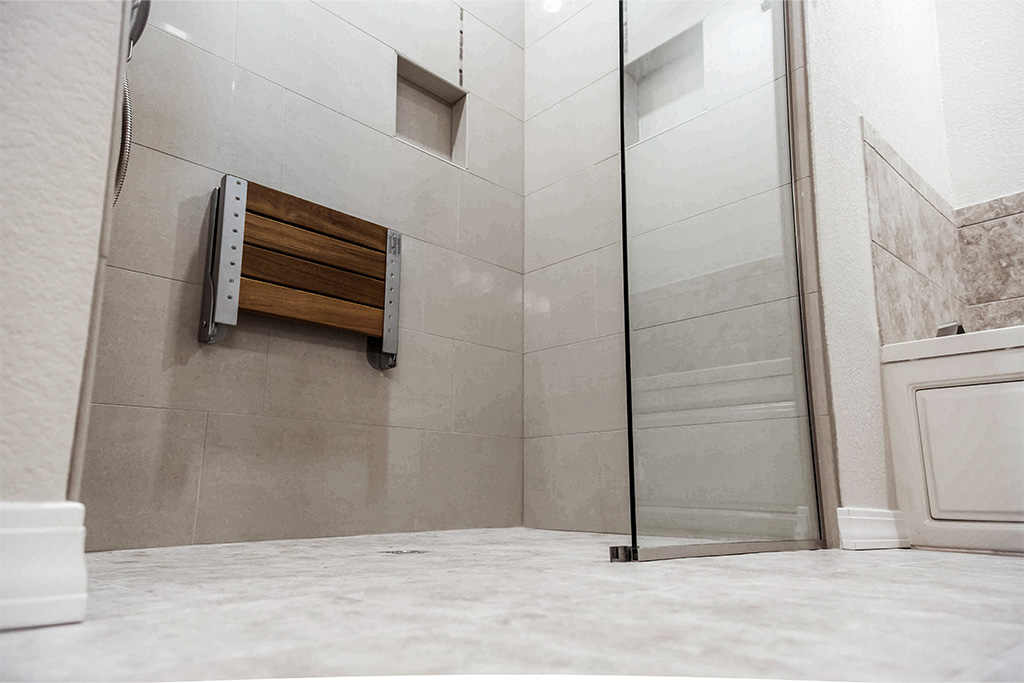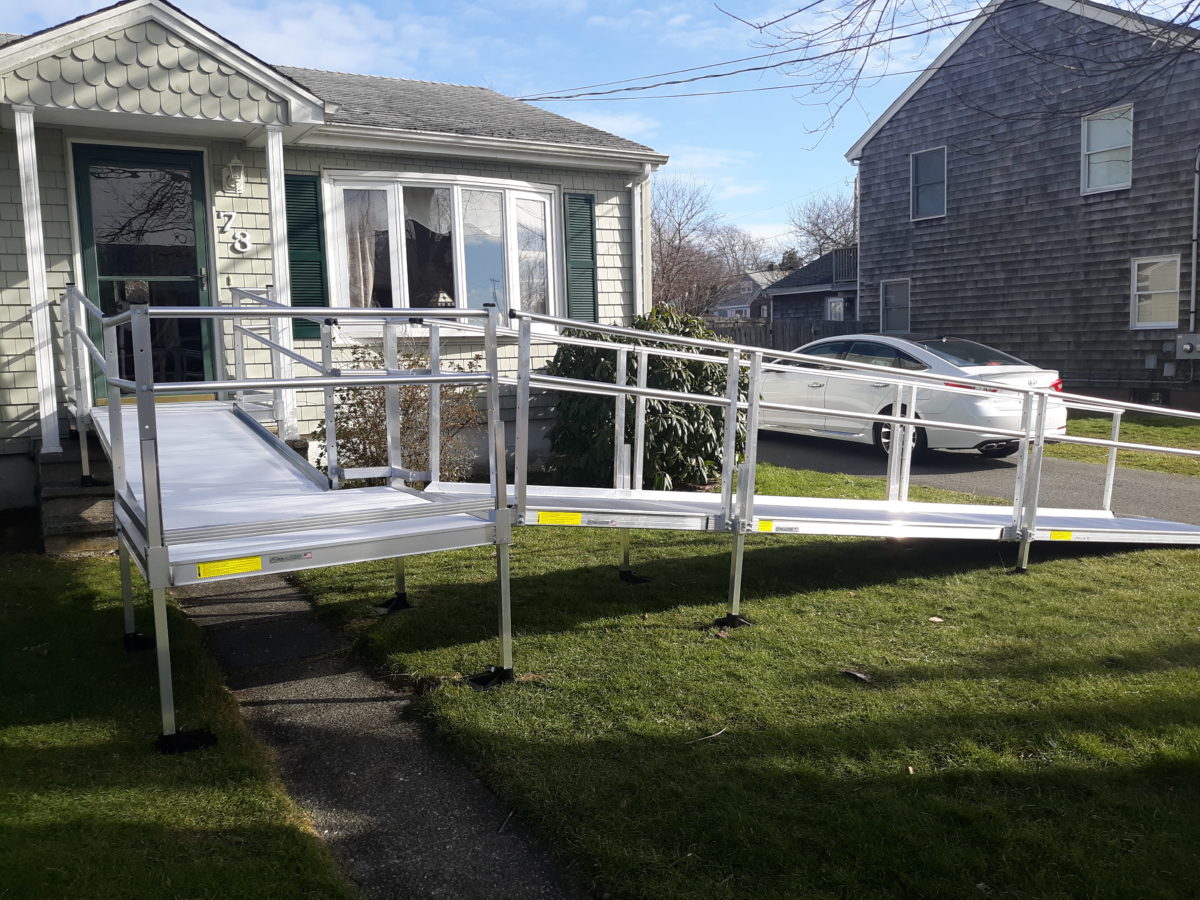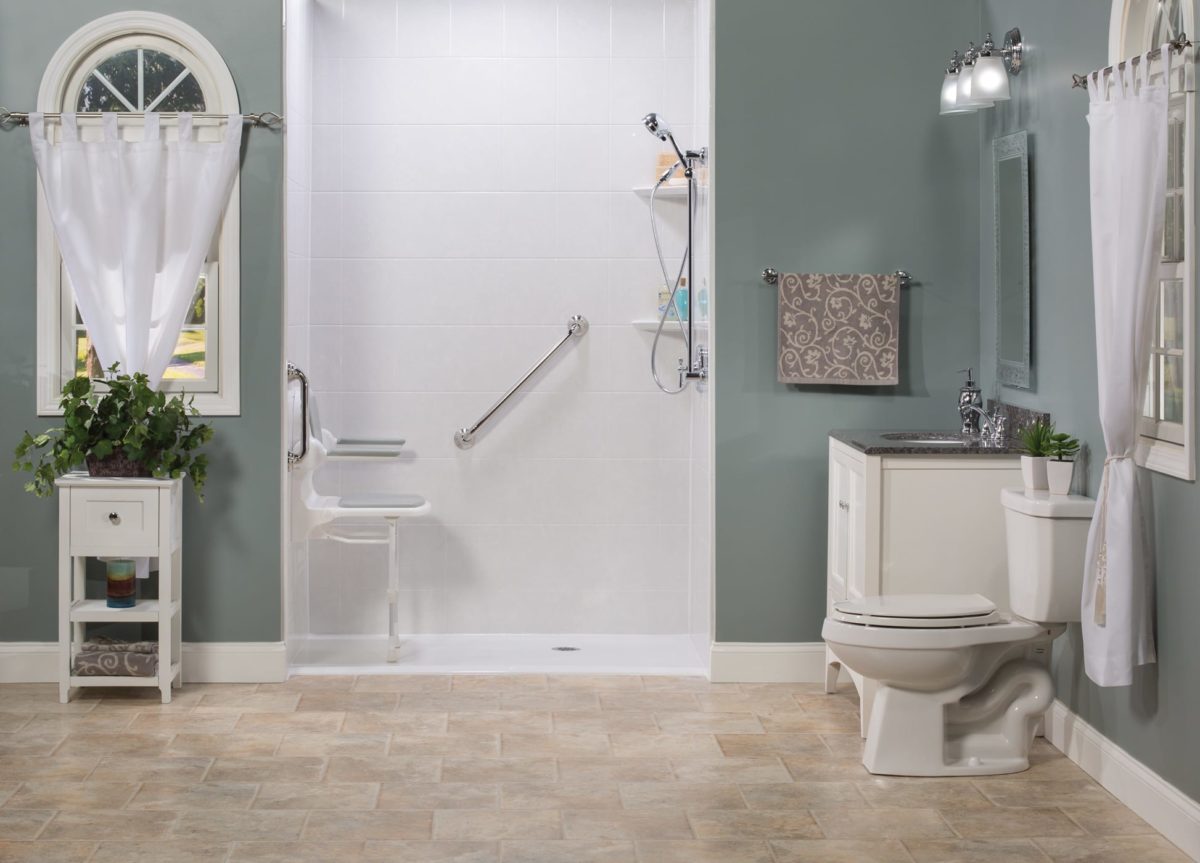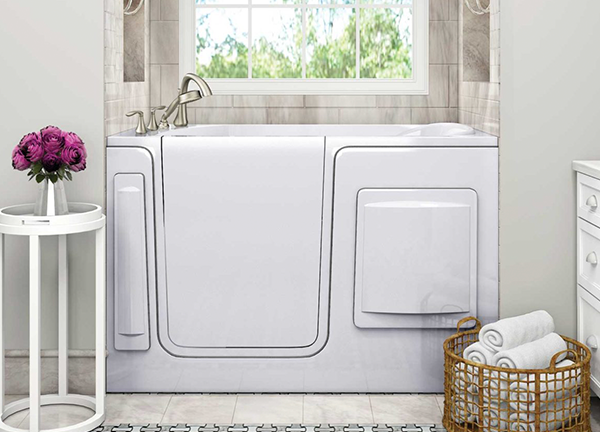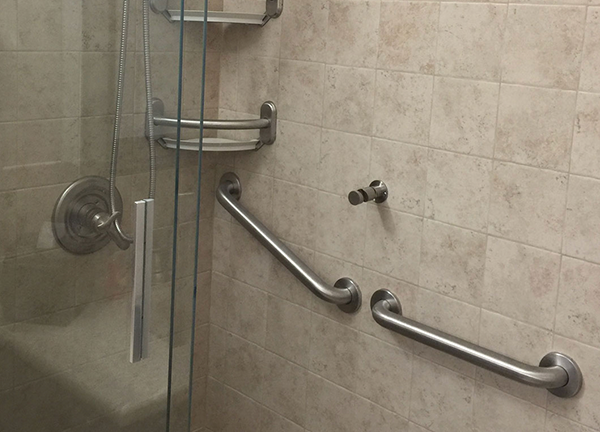For many individuals with mobility challenges, a wheelchair ramp isn’t just a functional necessity; it’s a symbol of improved independence. However, the installation of a ramp often leaves a homeowner with a daunting design challenge: how do you seamlessly integrate this new structure with the rest of your yard? Home Mobility Pros understand the importance of bridging the divide between accessibility and aesthetics, and will assist you in doing just that.
Art of Accessible Integration
When you need a ramp to facilitate movement in and out of your home, it’s important that the design process goes beyond mere functionality. The exterior of your house, after all, is the first impression you give to the world—it should reflect your taste, your lifestyle, and yes, your accessibility requirements. Here’s how you can make your wheelchair ramp a part of your outdoor home design narrative, rather than an addendum that feels out of place.
Understand Your Aesthetic Preferences
Before any work is done, it’s crucial to understand your aesthetic vision for the exterior of your home. Do you prefer a modern minimalist look, something more rustic, or a blend of different elements? The style of your ramp should harmonize with this vision, but it doesn’t mean it needs to match exact colors or textures. Sometimes, a distinctive ramp design that stands out can be part of a broader, calculated contrast that enhances the overall aesthetic.
Blend Ramp Design with Landscaping Features
The key to integrating your ramp is ensuring it does not stand out for the wrong reasons. Utilize the natural flow of your yard and the existing landscape to your advantage. This may involve curving the ramp to go around existing trees or creating sight lines that draw attention away from the ramp and towards other outdoor features. Remember, the aim is that any observer should be struck by the beauty of the yard as a whole, rather than focusing solely on the ramp.
Use Materials that Complement Your Yard’s Aesthetics
The material you choose for your ramp plays a significant role in its visual impact. Avoid materials that clash with the rest of your yard; instead, find options that blend in or offer an appealing contrast that maintains the cohesiveness of your outdoor space. Natural stone or brick, for instance, can provide a classic, timeless look that meshes well with various landscapes.
Functional Integration
Incorporating a ramp into your yard isn’t just about how it looks; it’s also about how well it works. A ramp that is designed and installed with the user’s needs in mind will ensure both accessibility and a sense of security, allowing you to move in and out of your home effortlessly.
Consider User Experience and Easy Access
The slope and width of your ramp are critical for the usability of the entire yard space. Ensure the slope is gentle enough for easy maneuvering, and the width allows for quick and safe access. It should be wide enough to accommodate a wheelchair and provide room for any necessary assistance.
Safeguard with Handrails and Non-Slip Surfaces
Safety should be at the forefront of your ramp’s design. Incorporate sturdy handrails that align with the user’s natural reach and non-slip surfaces to keep passage safe in all weather conditions. Handrails don’t have to be purely functional; they can be an opportunity to include some decorative elements that tie into your yard’s overall design.
Preservation of Plant Life and Yard Space
While the ramp serves a functional purpose, you can still maintain greenery. Consider building raised garden beds along the sides of the ramp where space permits. These can be at a height suitable for wheelchair users, allowing for easy access to a garden and a sweet, summertime view while helping to preserve your yard.
Maintenance Tips for Longevity
To keep your ramp looking and functioning its best, regular maintenance is essential. Weather, use, and time can take their toll, so integrating your ramp also means committing to its care.
Weatherproof Your Ramp for Durability
Selecting weather-resistant materials and ensuring proper drainage can help your ramp withstand the elements. Regular sealing of wood or the application of rust-resistant coatings on metal parts will contribute to its longevity. Don’t forget about the surrounding landscaping—keeping plants properly watered and maintained will protect both the plants and your ramp.
Regular Upkeep to Maintain Functionality and Appearance
Develop a maintenance schedule that includes inspection, cleaning, and any necessary repairs. Pay attention to any loose handrails, splintered wood, or shifts in the ramp’s alignment. This will ensure that your ramp remains safe and accessible for years to come, while also contributing to the overall visual appeal of your yard.
Showcasing Accessibility with Style
Your wheelchair ramp is more than an access feature; it’s an opportunity to celebrate inclusivity and showcase your personal style. By integrating design and mobility, you not only create a space that’s functional but also one that tells a story about overcoming challenges with elegance and grace.
Make Your Ramp a Welcome Addition
Use your ramp as an opportunity to share your story of adaptability. Personalize it with planters, colorful motifs, or even an art installation that reflects your personality. By transforming your ramp into a welcoming feature, you’re sending a powerful message to visitors and passersby that accessibility is an integral part of your home, celebrated just like any other design.
Promote Inclusivity Through Design Choices
Your choice to make your home accessible doesn’t have to be hidden away—it can and should be part of the broader conversation on inclusivity. Use social media and local community groups to share images of your integrated ramp, along with tips and insights that can inspire others in your situation. In doing so, you’re not just showing off your yard, you’re becoming an advocate for accessible design.
Integrating Your Wheelchair Ramp with Your Yard
At Home Mobility Pros, we understand that integrating a wheelchair ramp into your yard is not just a practical necessity—it’s a personal statement. Our team is dedicated to designing solutions that not only meet your accessibility needs but also celebrate your unique style. Integrating your wheelchair ramp with your yard is a task that demands both creativity and practicality. It’s not simply about adding a feature; it’s about creating a space that’s fully functional and reflective of your personal style. By following these tips you can ensure that your ramp becomes a seamless part of your home’s outdoor aesthetic, not an afterthought. Take pride in your accessible design, and see your ramp not as an addition but as an asset to your entire home. If you’re ready to transform your outdoor space into an accessible, inclusive, and aesthetically pleasing area, contact us today. Together, we’ll make your accessibility goals a reality, ensuring your ramp is not just functional but a testament to innovation and design in your home.

